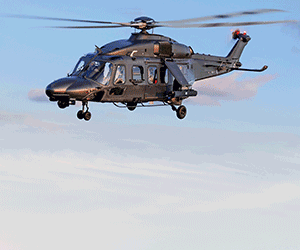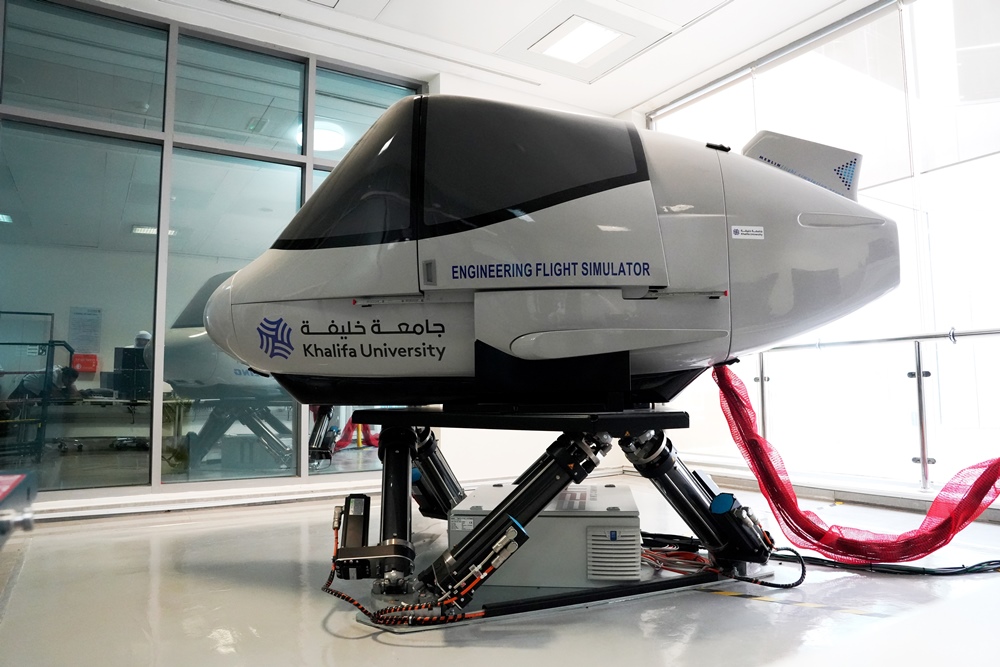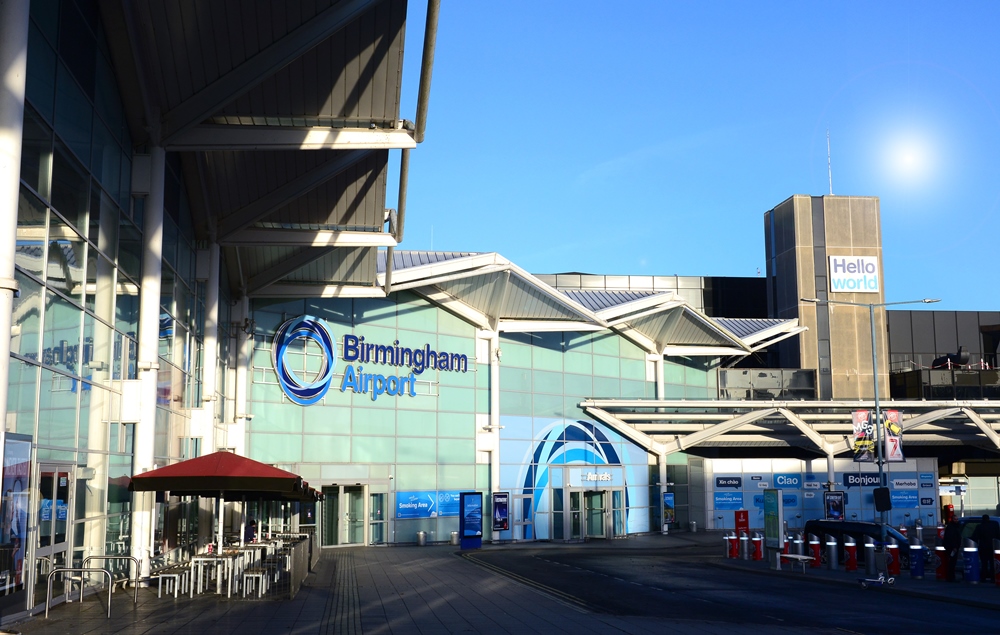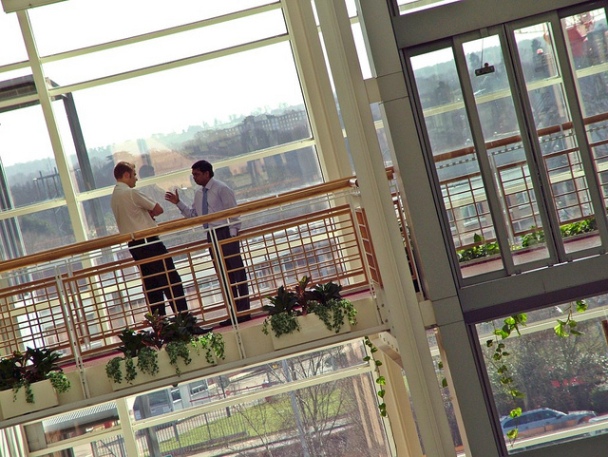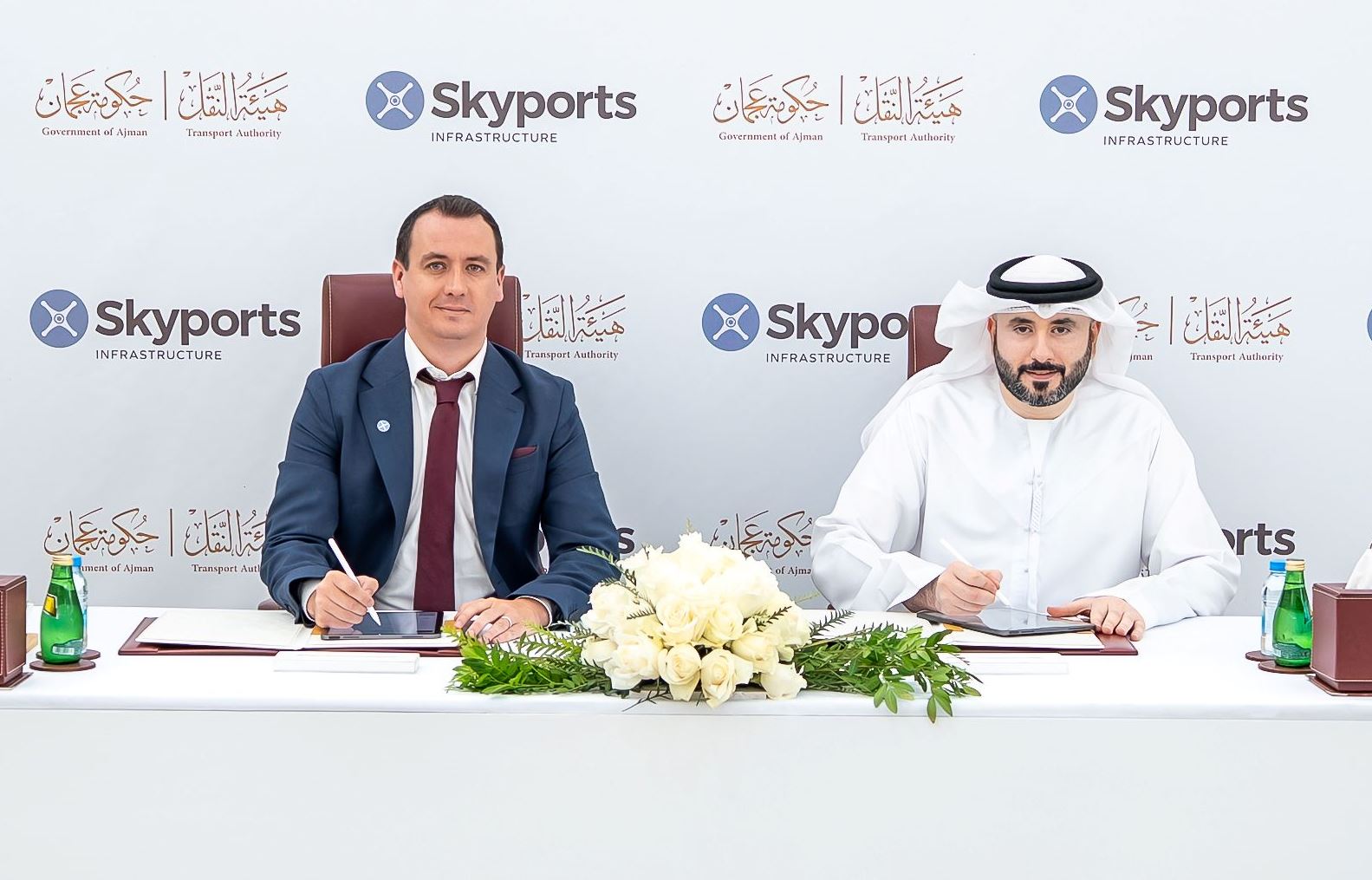Final BA heritage livery aircraft arrives at Heathrow

Courtesy British Airways
The Boeing 747 adorns the Negus design which was originally on the British Airways fleet from 1974-1980.
The arrival of the aircraft rounds off a nostalgic few weeks for the aviation community. Enthusiasts around the world have already been treated to a British Overseas Airways Corporation (BOAC) liveried Boeing 747, a British European Airways (BEA) Airbus 319 and a British Airways Landor 747, which have collectively flown to more than 30 destinations across the UK, Europe, Africa, the Middle East and North America.
The special series of designs have been introduced to mark British Airways’ centenary, as the airline celebrates its past while looking to the future. Alongside the heritage liveries, all new aircraft entering the fleet, including the A350, will continue to receive today’s Chatham Dockyard design.
The Negus-liveried 747-400, registration G-CIVB, entered the IAC paint bay at Dublin Airport earlier this month where it was painted with the first version of the Negus livery which adorned the British Airways fleet from 1974-1980, directly after the merger of BOAC and BEA and the formation of the airline that customers know today.

Courtesy British Airways / Photo Stuart Bailey
The aircraft will head to Cape Town later today for its first commercial flight in its retro design.
Alex Cruz, British Airways’ Chairman and CEO, said: “Reintroducing four heritage designs in to our fleet has been an incredibly nostalgic time for us and our customers, we’re impressed at how popular they’ve been. In our centenary year it’s important that we celebrate our past and we also have big plans to look to the future. I’m excited about what the rest of this year has in store.”
When it initially flew, the Negus livery was the first to carry 'British Airways' since 1939, when the original British Airways Limited merged with Imperial Airways to form BOAC. Interestingly, the Union Flag is not present on the side of the aircraft as, like the final BEA aircraft livery, the flag began to be fully celebrated on the aircraft’s tailfin instead.
In its centenary year, British Airways is hosting a range of activities and events. The airline is hosting BA 2119 - a programme, which will lead the debate on the future of flying and explore the future of sustainable aviation fuels, the aviation careers of the future and the customer experience of the future.
The airline will be working with expert partners to identify BA’s 100 Modern Britons; the people up and down the country who are currently shaping modern Britain and of course, the year would not be complete without creating some special moments for customers – on and off board.
The centenary activity is taking place alongside the airline’s current five-year £6.5bn investment for customers. This includes the installation of the best quality WiFi and power in every seat, fitting 128 long-haul aircraft with new interiors and taking delivery of 72 new aircraft. Earlier this week the airline also revealed its highly-anticipated new business class seat - 'Club Suite' - and confirmed it will arrive on the first of its A350 aircraft in July.
A potted history of BA:
• On August 25, 1919, British Airways’ forerunner company, Aircraft Transport and Travel Limited (AT&T), launched the world's first daily international scheduled air service between London and Paris.
• In 1924, Britain's four main fledgling airlines, which had by then evolved into Instone, Handley Page, Daimler Airways (a successor to AT&T), and British Air Marine Navigation Company Limited, merged to form Imperial Airways Limited.
• By 1925, Imperial Airways was providing services to Paris, Brussels, Basle, Cologne and Zurich. Meanwhile, a number of smaller UK air transport companies had started flights and in 1935, they merged to form the original privately-owned British Airways Limited, which became Imperial Airways' principal UK competitor on European routes.
• Following a Government review, Imperial Airways and British Airways were nationalised in 1939 to form British Overseas Airways Corporation (BOAC). Continental European and domestic flights were flown by a new airline, British European Airways (BEA) from 1946. BOAC introduced services to New York in 1946, Japan in 1948, Chicago in 1954 and the west coast of the United States in 1957. BEA developed a domestic network to various points in the United Kingdom, including Belfast, Edinburgh, Glasgow and Manchester.
• From 1946 until 1960, BOAC and BEA were the principal British operators of scheduled international passenger and cargo services - and they preserved Britain's pioneering role in the industry. The 1950s saw the world enter the passenger jet era - led by BOAC, with the Comet flying to Johannesburg in 1952, halving the previous flight time.
• Additional airlines began to pass into BEA’s ownership and in 1967, the Government recommended a holding board be responsible for BOAC and BEA, with the establishment of a second force airline, resulting in British Caledonian being born in 1970.
• Two years later, the businesses of BOAC and BEA were combined under the newly formed British Airways Board, with the separate airlines coming together as British Airways in 1974.
• In July 1979, the Government announced its intention to sell shares in British Airways and in February 1987 British Airways was privatised.
• In January 2011 the International Consolidated Airlines Group (IAG) was formed when British Airways and Iberia merged. IAG has since also become the parent company of Aer Lingus, and Vueling and in 2017, IAG launched LEVEL a new low-cost airline brand that operates from Barcelona, Paris and Vienna.


